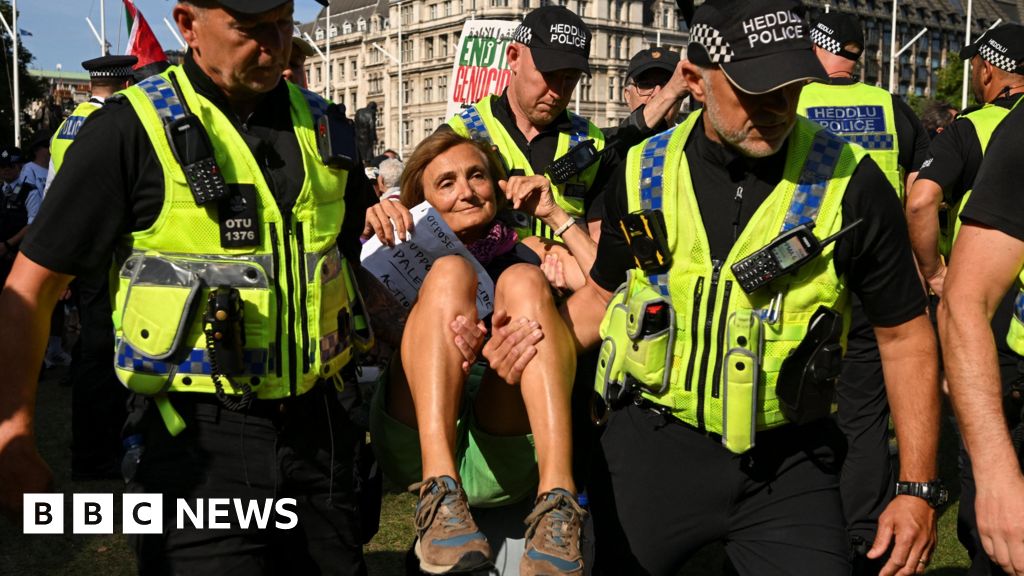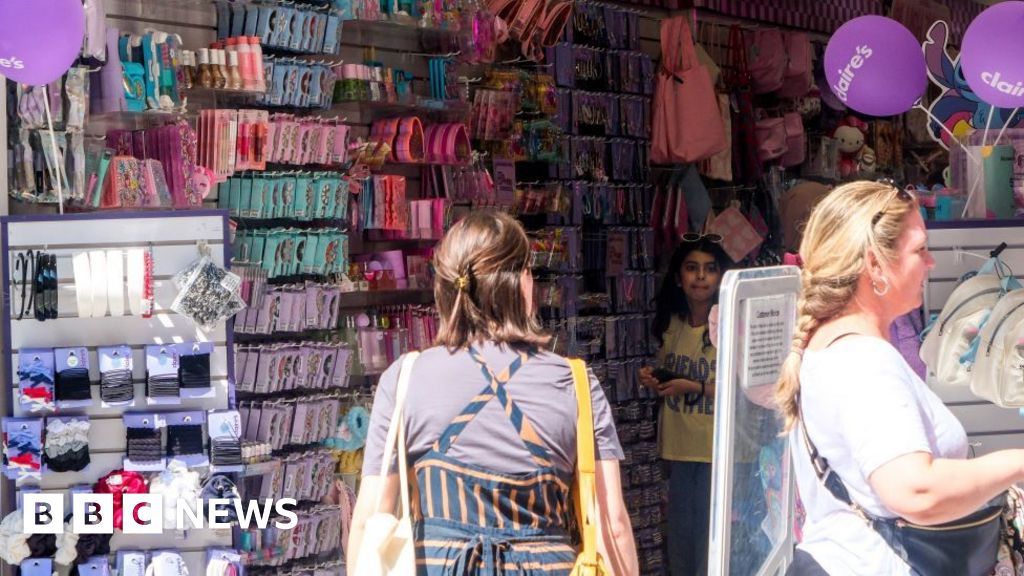With chiselled jaws and bulging muscles, Hollywood's ultra-masculine heartthrobs are often held up as the ideal of male attractiveness.
But it's bad news for macho stars like Chris Hemsworth and Jason Momoa, as science suggests women prefer blokes with more feminine faces.
In a test of over 1,500 participants from Japan and the UK, researchers discovered no preference for men with more masculine features.
Despite some research suggesting otherwise, participants across the board had a general preference for more feminine features in both men and women.
Lead researcher Dr Thora Bjornsdottir, of the University of Stirling, told MailOnline: 'We were somewhat surprised that we didn't find that any group preferred masculinity in men's faces.'
Strikingly, this preference was consistent across genders, sexualities, and ethnicities - with only the degree of preference changing between groups.
For example, among heterosexual women in the UK, being younger was associated with greater levels of preference for feminine features in men.
This might help explain the popularity of less traditionally masculine stars such as Tom Holland, Timothée Chalamet and Harry Styles who have widespread popularity with young fans.
In bad news for macho men, scientists have shown that women prefer more feminine features such as those of Timothee Chalamet (pictured)
Scientists asked participants to rate male and female faces which had been digitally altered to be more or less feminine. Across the board, there was no preference for more masculine men and women generally preferred more feminine features
While it might seem odd for scientists to investigate attractiveness, research shows that this factor has a big impact on people's lives.
This is referred to as the 'halo effect', a phenomenon which means more attractive people are also seen more positively in other ways, such as being friendlier or more successful.
The same is also true of someone's perceived masculinity or femininity.
For example, a recent study from researchers at Princeton University found that men with masculine features like a square jaw were considered to be better at their jobs than others.
However, there isn't a great deal of rigorous research into the connection between these two categories.
Likewise, what research has been conducted generally focuses on white heterosexual individuals from Western countries.
To address this, Dr Bjornsdottir and her colleagues recruited heterosexual, homosexual, and bisexual participants who were either White British or East Asian Japanese.
The participants were asked to complete two tasks designed to test their preferences towards masculine or feminine features.
Traditionally, men with more masculine features such as Chris Hemsworth (left) or Jason Momoa (right) have been thought to be more attractive. But new evidence shows this isn't the case
Men who like MEAT are more likely to bag a date
In a recent study, scientists found that being a vegetarian makes both women and men less attractive as potential partners.
Male vegetarians are also viewed as less masculine, according to the researchers.
'Women who reject traditional masculinity based on strength and dominance may perceive male vegetarians differently than those who embrace traditional masculinity,' they said.
'This, in turn, may explain why for some women a vegetarian man is "not a real man".'
In the first task, the participants were shown two images of the same face that had been digitally altered to be more masculine or feminine and asked to choose which they preferred.
In the second, the participants were given an image and asked to use a slider to adjust the levels of masculinity or femininity until they deemed it most attractive.
Overall, participants from all backgrounds tended to choose the more feminine faces in the first task and were more inclined towards feminine features in the second.
This result came as a surprise given that both conventional wisdom and some previous research suggest that some groups prefer more masculine men.
Dr Bjornsdottir says: 'It's important to note that some heterosexual women prefer masculine men's faces, but as a group on average they didn't prefer either masculinity or femininity in our study.'
However, there was evidence of cultural impacts on participants' preferences.
Male and female Japanese participants showed a stronger preference for feminine facial features than their British counterparts, particularly in male faces.
The researchers also found that white women's faces were judged more attractive when made increasingly feminine than East Asian women's faces.
By contrast, East Asian men were considered more attractive when feminised than white men.
The researchers suggest this shows that that preference for male or female features was not an absolute preference, but one informed by a number of other factors.
Dr Bjornsdottir says these preferences might be due to the judgements that we all subconsciously make about people based on their faces.
She says: 'People aren't just perceiving attractiveness when they look at faces; they're also making inferences about what that person is like, what their personality might be.
'For example, there is research indicating that people assume that men with more feminine faces will be better caregivers and that men with more masculine faces will be more dominant but less reliable, even though this isn't necessarily the case.'
Additionally, this study was the first time that the masculinity or femininity preferences of bisexual participants have been measured.
Notably, this showed that bisexual individuals had distinct patterns of preference which were not simply a midpoint between heterosexual and homosexual preferences.
Bisexual men in both cultures preferred less femininity in women's faces compared with heterosexual men but had very similar preferences to their heterosexual counterparts when it came to judging men's faces.
Among British heterosexual women, being younger was associated with a higher preference for feminine features. This could explain the popularity of less traditionally masculine stars such as Harry Styles amongst younger fans
The graphs show the average preferences for female participants both from Japan (pink) and the UK (red). This shows that women of all sexualities have a slight preference for more feminine men and women
Homosexual men on the other hand tended to prefer increased masculinity in both male and female faces.
Bisexual women, meanwhile, showed different preferences based on their cultural backgrounds.
British bisexual women had a greater preference for femininity in male faces and a greater preference for masculinity in female faces.
However, their Japanese counterparts preferred less femininity in both male and female faces.
Dr Bjornsdottir says: 'People often tend to think of sexuality in terms of a gay/straight binary, but this doesn't reflect reality.
'Very little is known about what bisexual people find attractive in others, and we wanted to address this.'
 (1).png)
 2 months ago
68
2 months ago
68

















